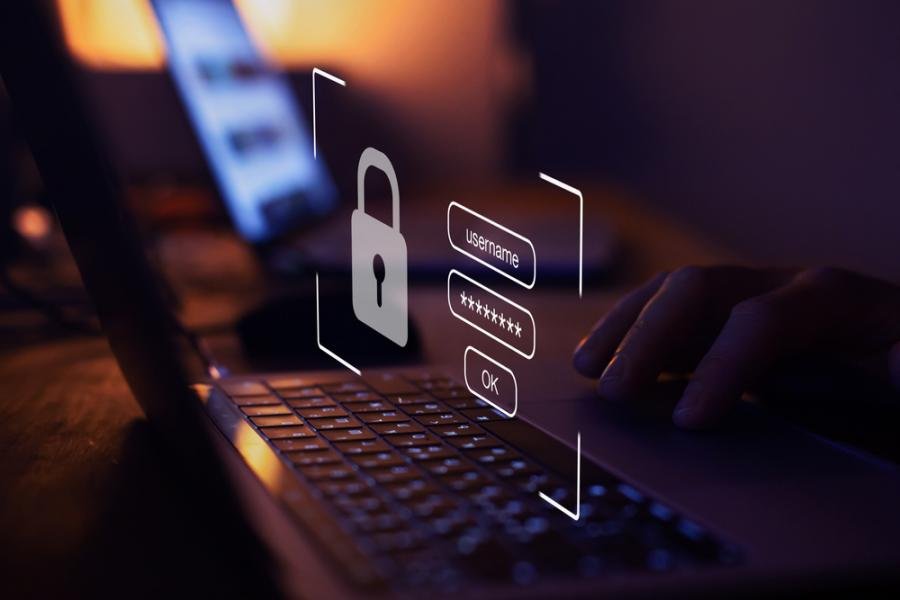News of a “mother of all breaches” broke this week after researchers uncovered a massive database containing over 16 billion stolen credentials, including login details for platforms like Facebook, Google, Apple, and X (formerly Twitter). Stored in a 1.2 TB file, this leak immediately triggered global concern and headlines warning of potential cyber chaos.
However, cybersecurity researchers have confirmed that this is not a new breach, nor are the affected platforms newly compromised. Instead, this vast collection appears to be a repackaging of older stolen data—harvested over the years by infostealer malware, data breaches, and credential stuffing attacks, and now bundled together into a single archive exposed online.
The leak was initially reported by Cybernews, which identified the format of the file as typical of infostealer logs—not direct data dumps from breached companies.
What Are Infostealers and How Do They Work?
Infostealers are a type of malware designed to quietly collect sensitive information from infected devices. Once installed, they sweep through browsers, stored cookies, password managers, email clients, and cryptocurrency wallets to extract credentials. This stolen data is saved in logs—usually as simple text files in the format:
For example:
Once compiled, these logs are uploaded to threat actor servers or sold on dark web markets, Telegram channels, Pastebin dumps, or Discord servers—sometimes as teasers or for reputation-building in the cybercrime community.
FCRF x CERT-In Roll Out National Cyber Crisis Management Course to Prepare India’s Digital Defenders
Infostealers like LummaStealer, RedLine, and others have become increasingly prevalent, giving rise to countless leaks. This latest compilation seems to be a massive aggregation of those prior logs—many of which were already available in separate dumps like RockYou2024 and Collection #1.
Why This Compilation Still Matters
Although the dataset doesn’t include newly stolen data, its scope is unprecedented in size and risk:
- Over 16 billion credentials are now indexed and easier to search or weaponize.
- Data spans across VPNs, social media, banking portals, developer platforms, and government websites.
- Even though many passwords may be old, many users reuse them across sites, making the threat persistently dangerous.
- Threat actors now have a blueprint to conduct highly targeted phishing, account takeovers, or credential stuffing attacks at scale.
“This isn’t just recycled data—it’s organized intelligence,” said one researcher involved in the analysis.
How You Can Stay Safe
If you’re worried your credentials might be in this leak, don’t panic, but do take action:
1. Scan for Malware First
If you suspect your device may have been infected with an infostealer, run a full antivirus/malware scan immediately. Changing passwords on an infected device may result in the new credentials being stolen again.
2. Strengthen Your Password Hygiene
- Use unique, strong passwords for every account.
- Use a trusted password manager (like Bitwarden, 1Password, or Keeper).
- Avoid reusing passwords across multiple sites.
3. Enable Two-Factor Authentication (2FA)
- Prefer authenticator apps (Google Authenticator, Microsoft Authenticator, Authy) over SMS-based OTPs.
- Many password managers now offer 2FA integrations.
4. Check for Compromised Accounts
Use free services to see if your email or passwords have been found in past breaches.
5. Stay Vigilant Against Phishing
Even with good passwords, phishing attacks remain a major entry point. Don’t click suspicious links, and verify all unexpected communication—even if it appears to come from a known source.
Algoritha: The Most Trusted Name in BFSI Investigations and DFIR Services
Law Enforcement Is Responding—But It’s a Shared Responsibility
The global rise in infostealer usage has prompted action by law enforcement agencies:
- Operations like “Secure” and takedowns of malware like LummaStealer show growing international resolve.
- Still, cybersecurity remains a shared responsibility—organizations must invest in Zero Trust frameworks, while individuals must maintain strong personal cyber hygiene.
This latest “mega leak” is not breaking news in the traditional sense—it’s a reassembly of years of breaches. But its impact should not be underestimated. It’s a wake-up call for both individuals and organizations to move beyond passwords alone and adopt a layered defense strategy.
In an era where your old password might become someone’s new attack vector, the only way forward is proactive, not reactive, cybersecurity.


